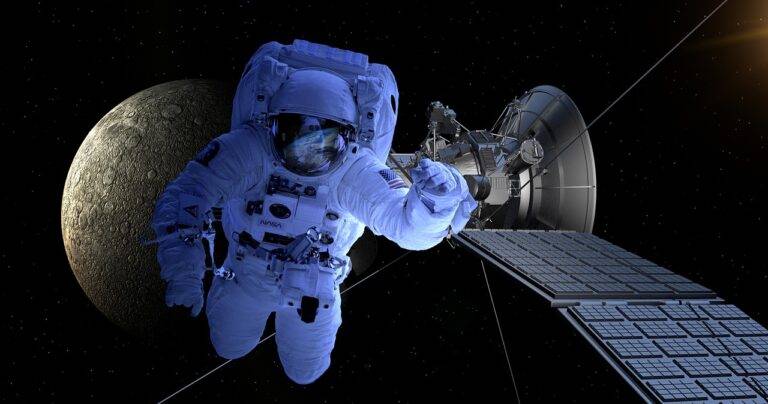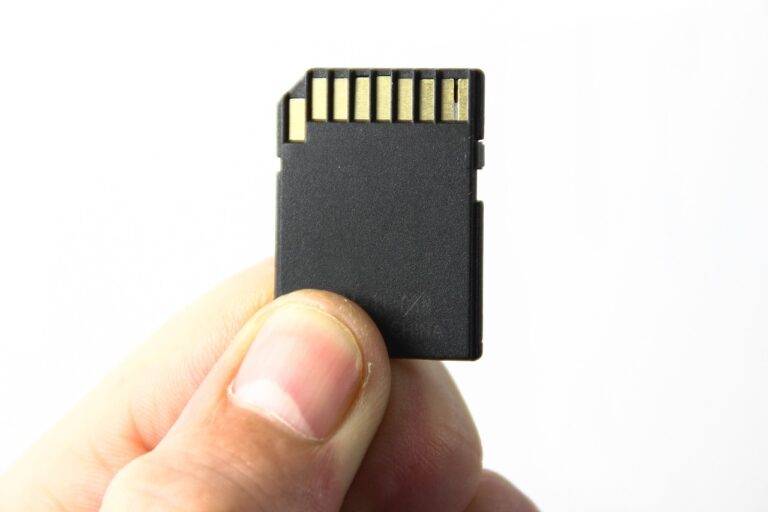Smart Grid Technology for Sustainable Energy
Sustainable energy is a vital aspect of our modern world as we strive to reduce our carbon footprint and combat climate change. It refers to energy sources that are renewable and have a low impact on the environment, such as solar, wind, hydropower, and geothermal energy. By harnessing these resources, we can meet our energy needs without depleting finite resources or causing harm to the planet.
The shift towards sustainable energy is driven by the recognition of the finite nature of fossil fuels and the urgent need to transition to cleaner alternatives. Governments, businesses, and individuals are increasingly investing in renewable energy technologies to create a more sustainable future. As technology improves and costs decrease, the adoption of sustainable energy sources is becoming more widespread, paving the way for a greener and more environmentally friendly energy sector.
Benefits of Implementing Smart Grid Technology
Implementing smart grid technology offers numerous advantages to both utility companies and consumers. One of the key benefits is improved energy efficiency, achieved through real-time monitoring and control of energy distribution. This allows for more accurate predictions of power demands, reducing wastage and ultimately lowering costs for all involved parties.
Furthermore, smart grids enhance the reliability and resilience of the electrical grid by enabling quick detection and isolation of power outages. The advanced communication and automation capabilities of smart grids facilitate faster response times to potential issues, leading to reduced downtime and improved overall service quality for consumers.
Challenges Faced in Implementing Smart Grid Technology
Implementing smart grid technology poses several challenges that need to be carefully navigated to ensure successful integration. One major hurdle is the high initial costs associated with upgrading infrastructure and implementing new technologies. The financial investment required can be a deterrent for many utility companies, especially if they are already operating on tight budgets.
Another challenge is the complexity of integrating various systems and technologies within the smart grid framework. Coordinating different components such as sensors, meters, and communication networks can be a daunting task, requiring significant expertise and resources. Ensuring seamless interoperability between these diverse elements is crucial for the effective functioning of the smart grid, but it requires careful planning and execution.





